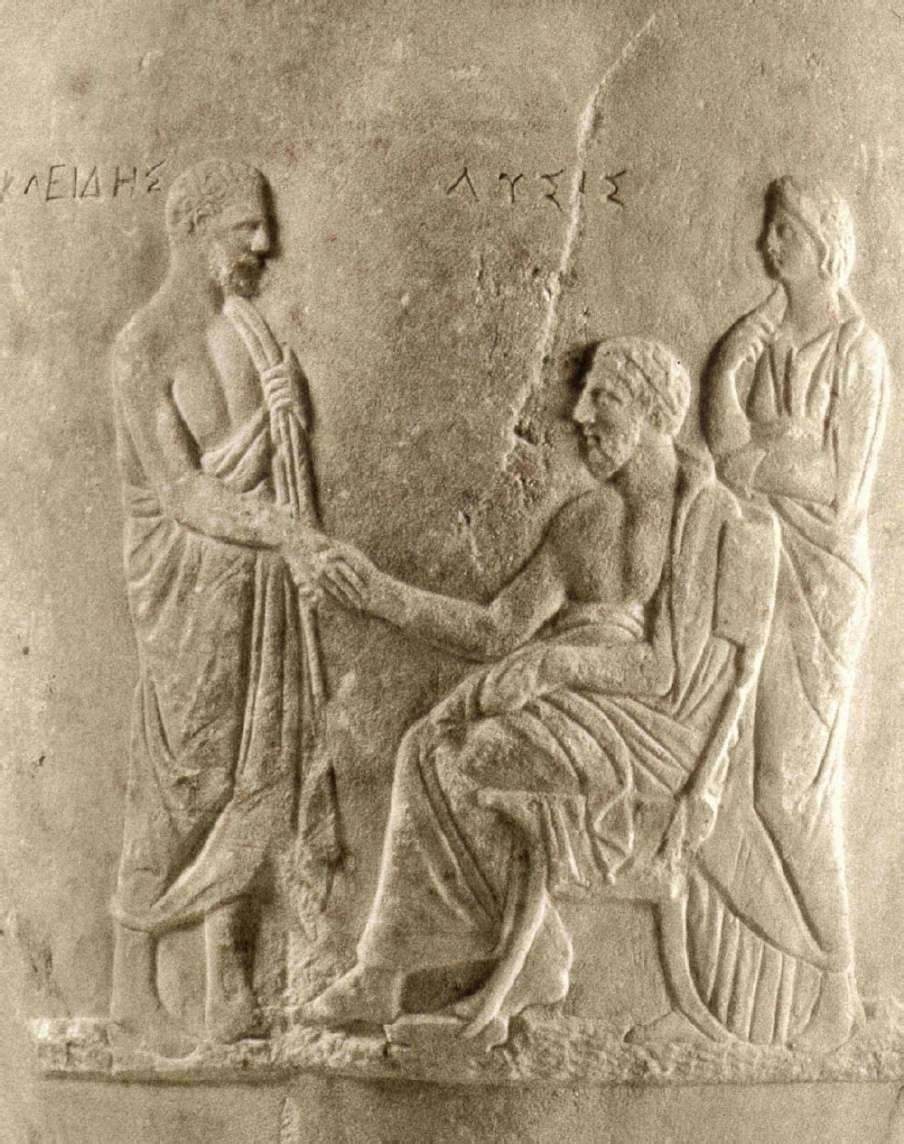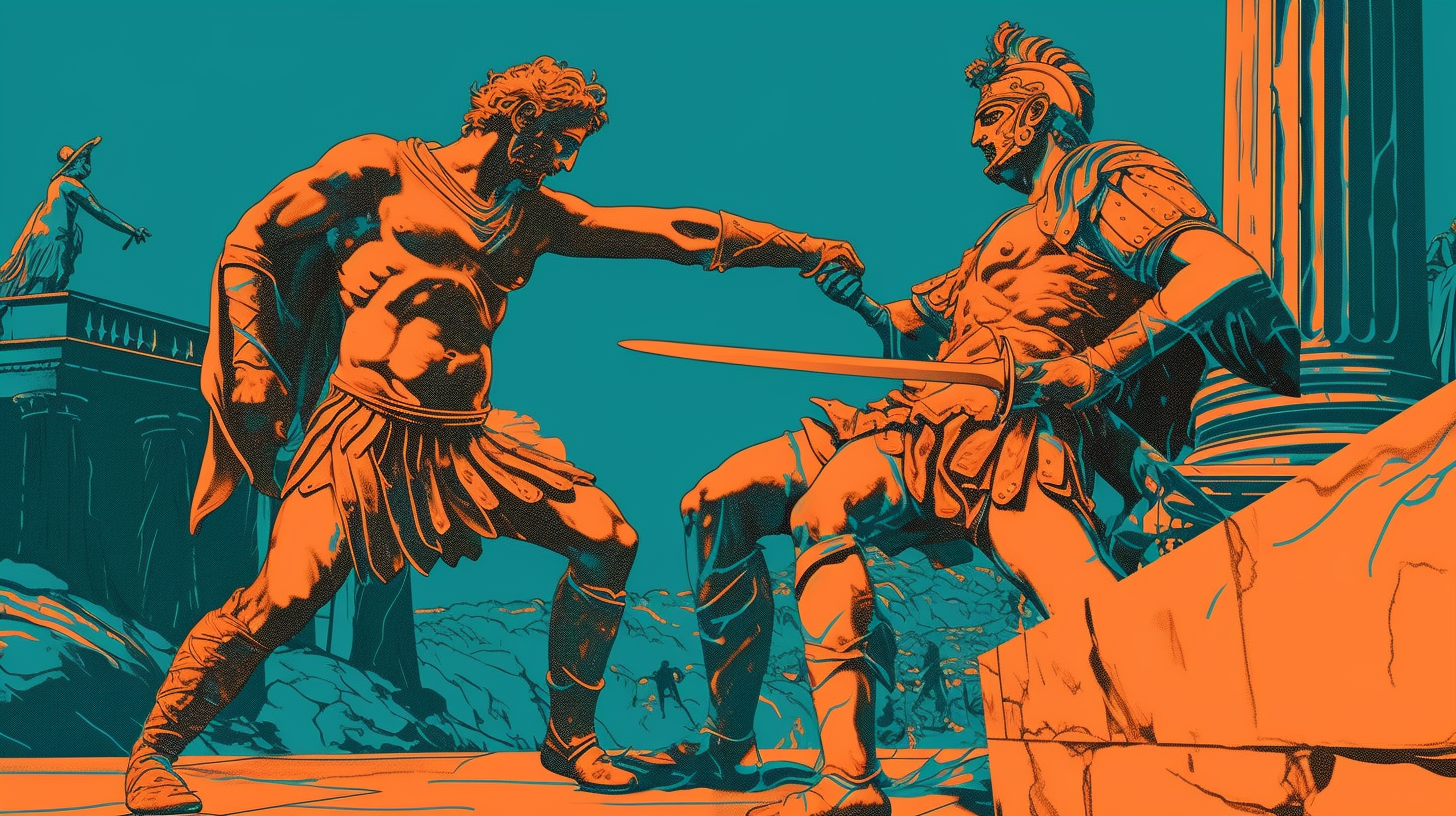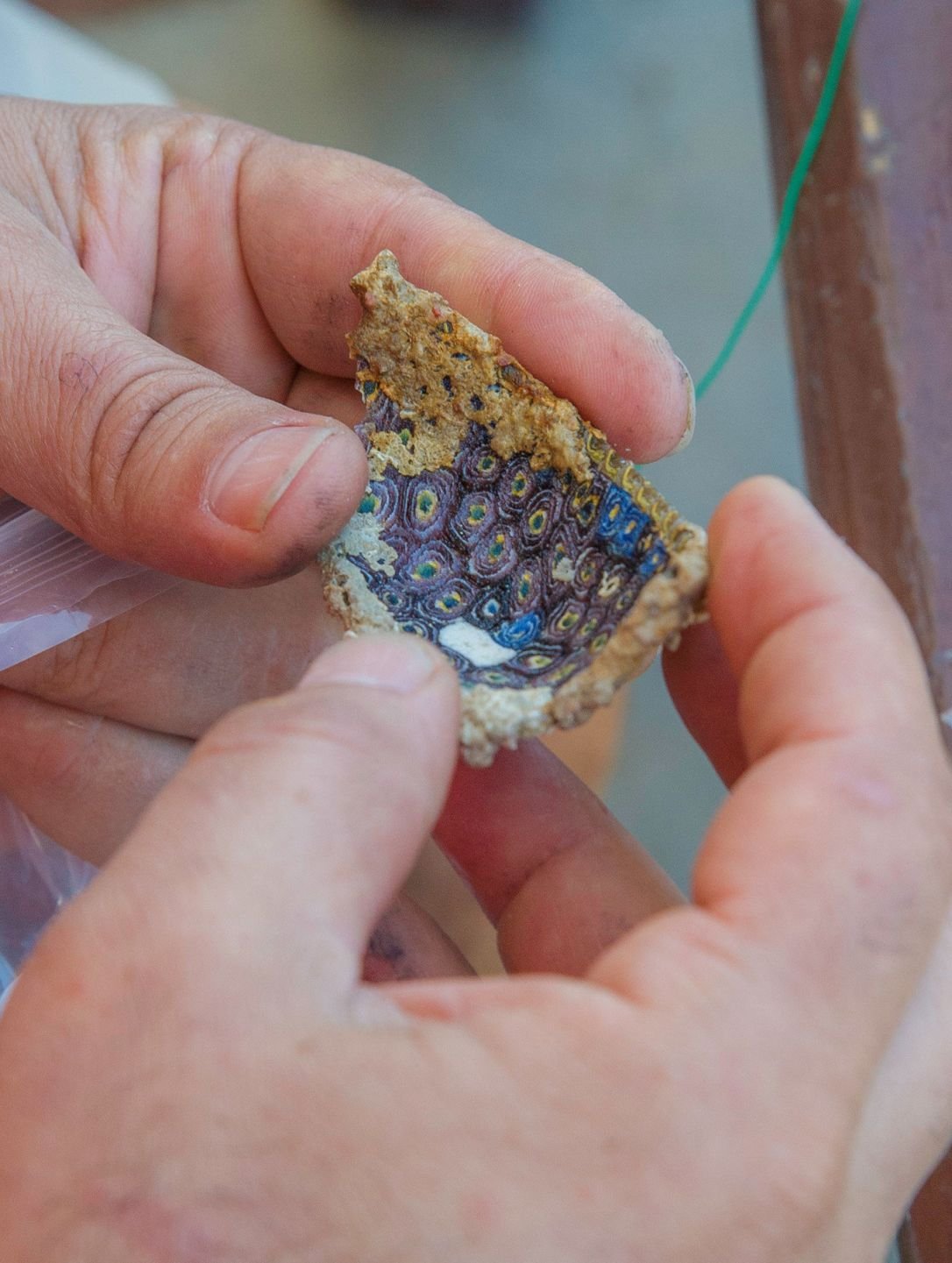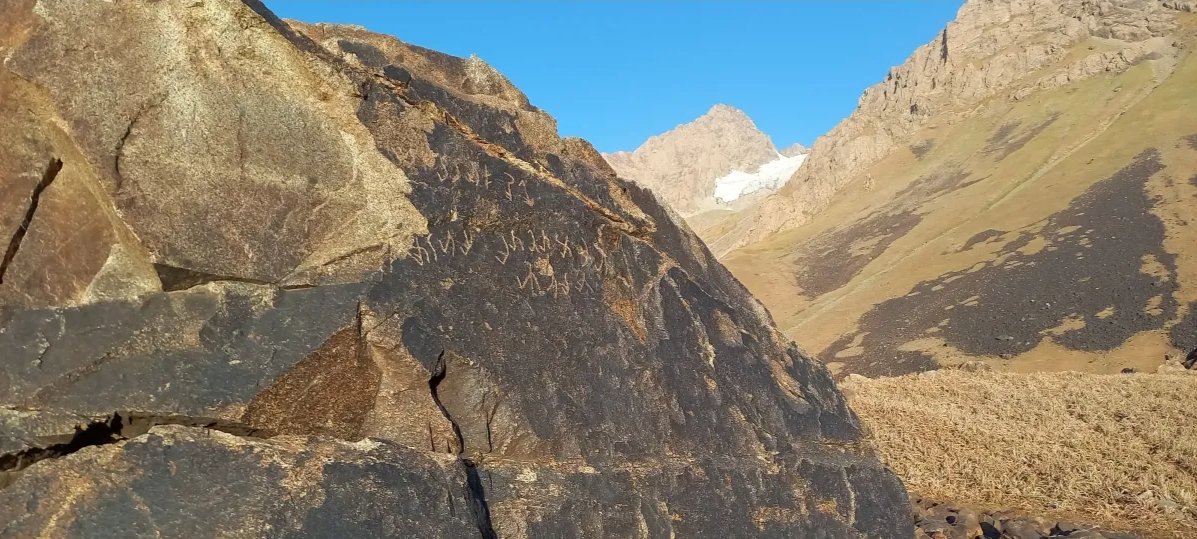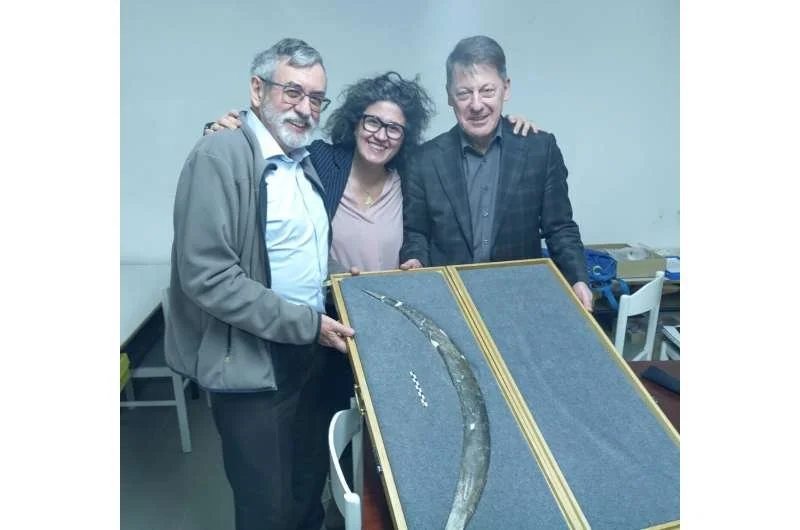A Comparative Analysis of Greek Mythology and Biblical Narratives
The notion of a soulmate, a person with whom one forms an unbreakable bond, transcends time and culture, permeating the hearts and minds of individuals across the globe. The belief in this powerful concept is deeply rooted in ancient traditions, prominent among which are the ancient Greek myths and the Judeo-Christian narratives. This article will delve into the parallels between these two significant narratives, namely the Greek myth of Aristophanes and the Biblical story of Adam and Eve.
Aristophanes' Speech in Plato's Symposium: The Greek Myth of Soulmates
Humans were born with two pairs of legs and arms with two faces sprouting from each side of the head. | Photo Credits: Elligold
According to Plato's "Symposium," Aristophanes, the comic playwright of ancient Athens, explained the origin of humanity and the concept of soulmates. In the myth, the first humans were spherical beings, with two sets of human limbs, two faces on opposing sides of a head with two necks, and three genders: male, female, and androgynous, which in Greek literally means "man-woman." The androgynous had both male and female genitalia, while each gender had two sets of genitalia. Males were the children of the Sun, while Women were the children of the Earth. This had something to do with the gender of humans. But androgynous were offspring of the Moon, conceived from the union of the Sun and the earth.
Zeus, the King of the Gods, split these original beings into two as punishment for their hubris, resulting in the humans we are familiar with today. This violent act of separation left humans with a perpetual longing to reunite with their other halves. This yearning, Aristophanes suggests, is what we now refer to as the search for our soulmate.
There was a time when people were extremely strong, brave, and courageous creatures who even dared to threaten the Gods. They made threats to overthrow them, establish themselves as the new gods, and govern in their place. The Gods were forced to respond, and they thought about how to handle the threat posed by humanity as well as what had to be done to bring harmony and balance back into the universe.
Zeus punished man by dividing him into two halves. | Photo Credits: Dreamstime
They considered eradicating all humankind, engaging in combat with them, and killing them with lightning, as they had done with the Titans. Nevertheless, if humanity disappeared, there would also be an end to human sacrifices to the Gods, which was an idea that the Gods did not find at all amusing.
Zeus therefore devised a different solution. The humans would be split in half as a form of retribution for their arrogance and conceit. They would double the human population, which would double the amount of tribute that humans would have to pay to them, in addition to the misery that would result from this. And when they did, all of the people split in half.
These new creatures were wallowing in utter despair, saturated in their suffering and anguish. They were so depressed that they didn't care if they died and went for days without drinking or eating.
Apollo, the god of music, prophecy, healing, and light, could not bear to see them in this state. In order to spare them, he stitched them back together, rebuilt their bodies, and only left the navel as a trace of their former selves. Therefore, humans evolved from being creatures with two faces and two sexes and eight limbs to beings with one face and one sex and two arms and legs. And they had an unquenchable desire for their soul and physical counterpart.
Their soul would want for their soulmate, the other half of their soul, to be entire, just as their physical nature would sense a burning need to be completed by the physical nature of the other sex. The myth further states that when these two halves come together, there will be a silent comprehension of one another, a sense of being connected and being in harmony with one another, and there will be no greater bliss than that.
Imagery describes humans eagerly looking for their soulmates after being separated. Photo Credits: Pinterest
The Creation and Separation of Adam and Eve
The idea that God created androgynous souls—souls that are both male and female—remains prevalent in Theosophy even today. According to other ideas, the souls' division into the two genders may have resulted from either their "separation from God" or the karma they accrued during their time on Earth. In some Theosophical schools, it is taught that after many reincarnations in this world, each soul's half searches for the other. The two halves will unite once more in oneness and return to the Ultimate once their karmic debts have been satisfied and they have been set free.
Genesis, the first book of the Bible, narrates the creation of the world and its first human inhabitants—Adam and Eve. According to the account, God created Adam, the first man, out of the dust of the ground. He was alone, the sole human in the divine blueprint of the Earth. Sensing Adam's loneliness, God decided to make a helper suitable for him.
God caused Adam to fall into a deep sleep, took one of his ribs, and fashioned Eve. This narrative underscores Eve as not merely a separate being but an intrinsic part of Adam, created from his bones and flesh. The implication is profound: Eve was not a distinct entity but a division of a unified whole—paralleling the concept of the soulmate in Greek mythology.
Parallels Between the Two Narratives
Despite the cultural and temporal differences between these narratives, their core themes share fascinating parallels, underscoring the universal longing for connection and unity.
The first parallel can be seen in the nature of separation in both stories. In each case, the separation is inflicted by a higher power—Zeus in Aristophanes' narrative and God in the Genesis account. This introduces the theme of divine intervention in human affairs, emphasizing the gods' role in shaping human destiny.
Secondly, both narratives depict the separation as a form of punishment or remedy for a problem, resulting in a lifelong yearning for reunification. This longing is a driving force that influences human behavior and relationships, instilling a ceaseless quest for wholeness through the discovery of one's "other half."
Lastly, both narratives underscore the concept of unity and complementarity between the separated entities. The Bible account depicts Eve as 'bone of my bones and flesh of my flesh,' indicating her innate connection to Adam. Similarly, the Aristophanic humans sought their other halves to restore their original unified state.
The Greek myth of soulmates and the biblical story of Adam and Eve provide profound insights into the human longing for connection, unity, and completion. While they originate from different cultural contexts, these narratives intersect in their depiction of the separation of original unified entities into halves and the perpetual desire for reunification.
These timeless narratives speak to the intrinsic human yearning for connection, suggesting that the search for a soulmate is more than just a romantic endeavor—it's a spiritual journey towards wholeness and completion. The exploration of these parallels ultimately reveals the universality of human experiences across time and culture, reminding us of our shared longing for love and connection.




















